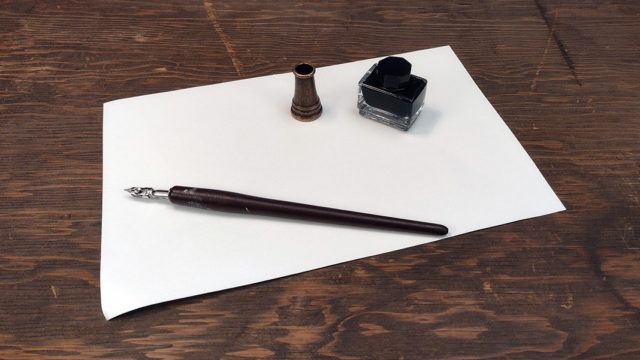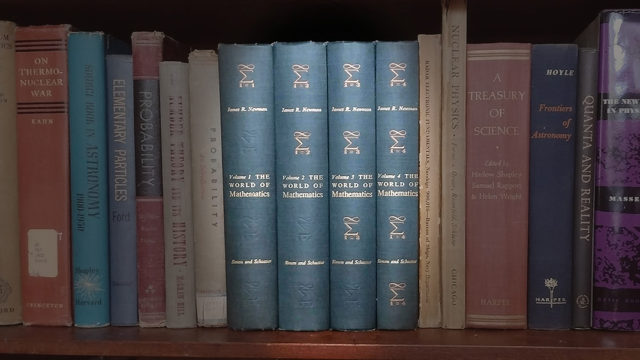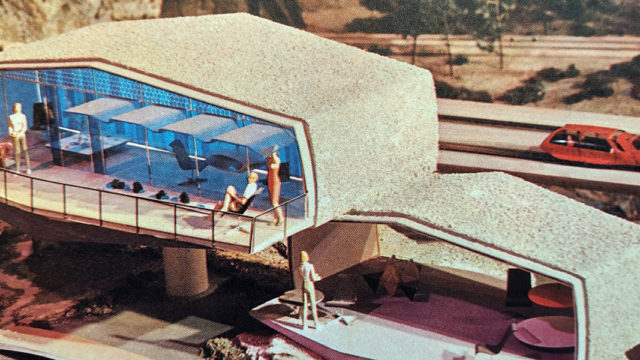In eighth-grade art class, when our teacher told us we were going to “do a unit” on pen and ink drawing, I envisioned a farmhouse under a spreading tree, with a rail fence and a country lane receding into the background over the brow of a hill. But our teacher wanted us to work from a photograph, and I didn’t live in a farmhouse, or on a lane, I lived in a three-bedroom Dutch Colonial in a well-tended suburb. My parents didn’t go in much for taking photos, but we did have one of our front porch, and since the banisters and newels repeated simple patterns that I could use as a crutch, I chose that. I hatched here, cross-hatched there. There was a curved element somewhere that I spent a lot of time on, hatching and cross-hatching, trying to get it to look three-dimensional. It wasn’t very good, but nothing I did in art class was very good.
Continue reading “The road to Heaven is drawn in pen and ink”






